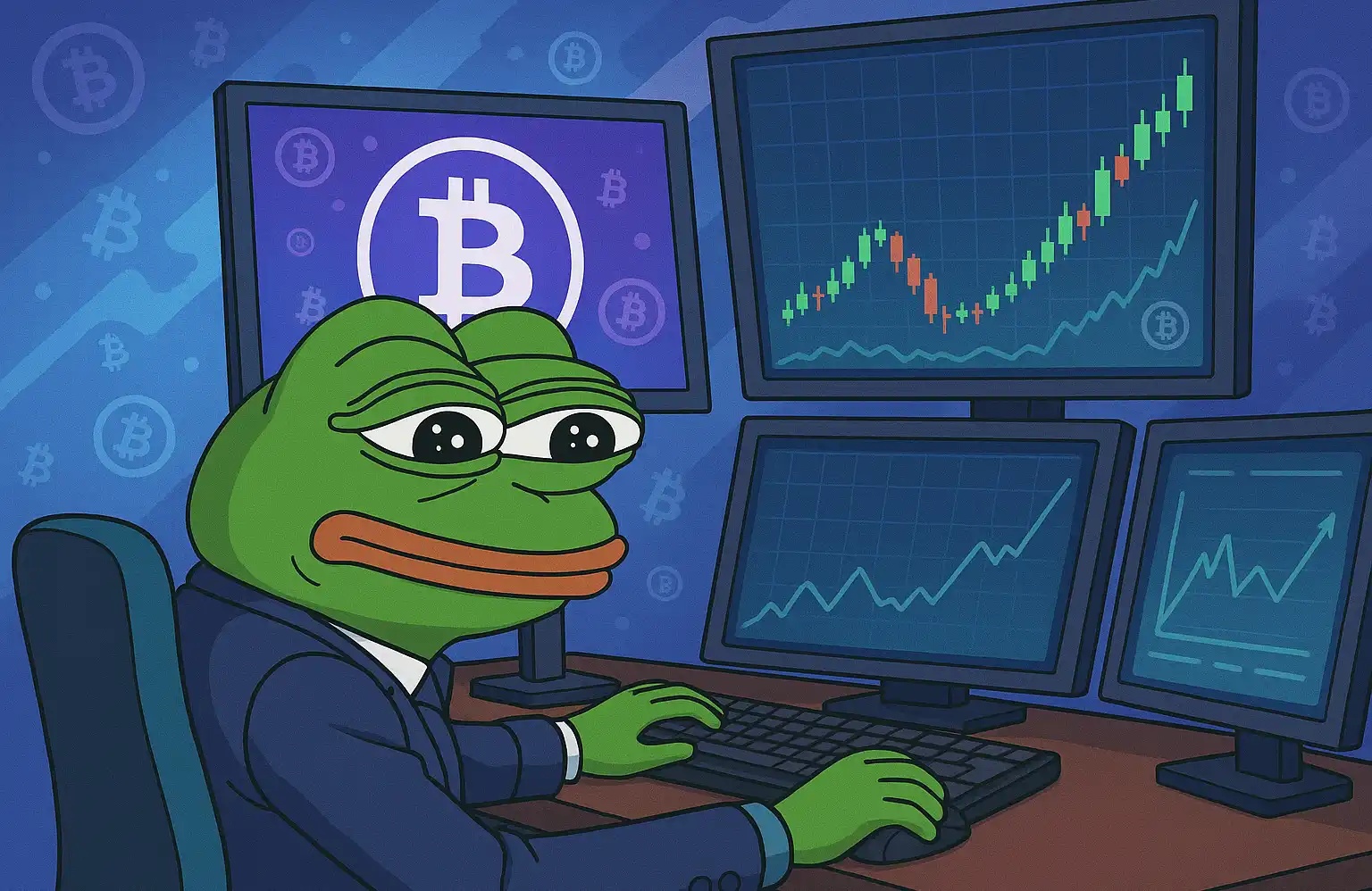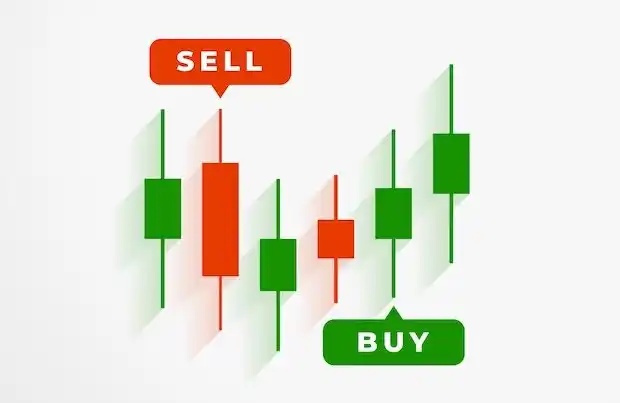The blockchain industry really needs innovation.
On October 29, 2025, NVIDIA became the first company in human history to achieve a market capitalization exceeding $5 trillion. On the same day, a certain project in the crypto space just concluded its Dutch auction, only to experience a listing price crash, with participants suffering an average loss of 10% each.
This is the most accurate portrayal of 2025. On one side, NVIDIA surged from $4 trillion to $5 trillion in just three months, surpassing the total market cap of the global cryptocurrency market. On the other side, the entire crypto industry faced a gloomy situation, with Bitcoin at $120,000 being the only highlight. Altcoins plummeted below the level seen three years ago after the FTX collapse, with trading volumes plummeting by 32% year-on-year.
A friend recently said: "The returns from trading cryptocurrency this year can't even compare to my mom's stock trading gains." It sounds like a joke, but this is the most realistic scenario in the crypto space in 2025. When A-shares outperformed over 440 stocks with a doubled increase in the first three quarters, Hong Kong IPOs saw an average first-day increase of 38%, gold price surged by over 50%, and meme stocks in the U.S. easily doubled, those in the crypto space were left bruised and battered.
The World Is Booming
2025 is a rare "Leap Year." Almost all capital markets are on the rise.
A-shares are experiencing a once-in-a-decade bull market. The Science and Technology Innovation Board's Up Star New Materials surged by 1278% from July 9 to October 24 due to its association with AI concepts, becoming the first 10-bagger stock in the A-share market in 2025. Within just 16 trading days, Up Star New Materials hit the 20% daily limit 11 times, with its market cap soaring from 3 billion to 37.1 billion. Such wealth creation speed is extremely rare in the history of A-shares.
The performance of the Hong Kong stock market is also impressive. The Hang Seng Index has seen a nearly 29% increase, Alibaba's stock price doubled, and Tencent rose by over 50%.
Even more envy-inducing is the Hong Kong IPO market. As of July, 2025 had seen 52 companies debut on the Hong Kong Stock Exchange, with a first-day break rate of only 23% and an average first-day increase of about 38%. On its debut day, Ying En Biotech soared by 116.7%, I-Solution Tech surged by 91.72%, while Mao Geping and Lapu Gold saw first-day increases of 76.51% and 72.84% respectively. Some say, "Earn a fortune by participating in IPOs this year, overshadowing others' gains from six months of tradings." This is not an exaggeration.
Gold's surge is even more astonishing. The international gold price rose from $2590 at the beginning of the year to $4100 by the end of October, with an increase of over 50%. This may become the year with the largest gold price increase since 1979. The S&P Global Gold Index skyrocketed by 129%, and Zijin Mining's market cap exceeded one trillion.
The US stock market is on fire. NVIDIA, Microsoft, Meta all hit new all-time highs. Even meme stocks are making retail investors money. OpenDoor surged 2000% in three months, Beyond Meat skyrocketed 1100% in just a few days. These companies, once abandoned by Wall Street, have been revitalized by retail investors' enthusiasm.
And what about the crypto world?
Bitcoin did hit a new all-time high of $120,000, but this number means nothing to most people. Shitcoins plunged below the level after the FTX crash, new projects went public only to plummet, rug pull studios switched to IPOs in Hong Kong, and the Q3 2025 trading volume dropped by 32% year-on-year.
Is Blockchain Still a Tech Industry?
AI is a global theme, with the leader being NVIDIA, a $5 trillion market cap company, surpassing the total value of the global cryptocurrency market, exceeding the sum of the stock markets of the UK, France, and Germany, and nearing the total value of the Indian stock market.
Behind this number lies real technological barriers and business value. Global large-scale model training relies on NVIDIA's chips, with OpenAI, Google, Meta as its clients. Autonomous driving, robotics, AI applications—all require computing power support. This is tangible revenue, real-world profits. In Q3 2025, NVIDIA's revenue reached $35 billion, a 94% year-on-year growth, with a net profit margin exceeding 50%.
And what about the crypto world? The crypto world has speculated on AI, but it's just that, speculation. The so-called blockchain + AI, but currently there isn't a single application that truly showcases its greatness. The AI tools used in the industry have little to do with blockchain. Not to mention those fake projects that issue coins under the guise of AI.
There's even a coordinated process now: figuring out the valuation, how much to raise, finding the right platform, doing a round with KOLs, and finally planning the exit strategy to move on to the next one.
The blockchain industry should be a tech industry, Bitcoin should be the leader of the tech sector, but now there's no sign of technology; it's all about finance.
Looking back, each bull market cycle has been driven by clear technological breakthroughs.
In 2017, it was the explosion of ICOs and smart contract platforms. Ethereum proved that blockchain was not just about currency but could also host applications. While most ICO projects eventually went to zero, this cycle did drive the development of public chain infrastructure. Vitalik Buterin's concept of smart contracts showed countless developers the potential of blockchain.
From 2020 to 2021, we witnessed a dual breakthrough in DeFi and NFTs. Uniswap redefined the trading platform with its automated market maker mechanism, Aave and Compound decentralized lending, and Curve optimized stablecoin trading. The total value locked in these protocols once exceeded $200 billion. NFTs brought a new form of digital ownership, spanning from artwork to in-game items, from domain names to identity verification. Both of these tracks represent native innovations in the crypto world, addressing real-world issues.
By 2024, the market began to tell the story of AI, and we were still able to experiment with some AI infrastructure, but only for a year.
In 2025, we started gamifying loyalty points.
Of course, there were many objective reasons leading to what seemed like a liquidity crisis on the surface, but fundamentally, it was a lack of innovation and overvaluation.
It took the crypto world three years to transition from token financing to DeFi. From DeFi to the present, four more years have passed. However, during these four years, the crypto world has not seen any native innovation that could rival DeFi.
While traditional capital markets have found new growth narratives in AI, energy, and manufacturing, blockchain remains trapped in a context of self-repetition. NVIDIA is developing next-generation chips, Tesla is advancing autonomous driving, OpenAI is training more powerful models. Blockchain is gamifying loyalty points.
This is the greatest sorrow of blockchain in 2025.
Welcome to join the official BlockBeats community:
Telegram Subscription Group: https://t.me/theblockbeats
Telegram Discussion Group: https://t.me/BlockBeats_App
Official Twitter Account: https://twitter.com/BlockBeatsAsia


 Forum
Forum Finance
Finance
 Specials
Specials
 On-chain Eco
On-chain Eco
 Entry
Entry
 Podcasts
Podcasts
 Activities
Activities
 OPRR
OPRR







